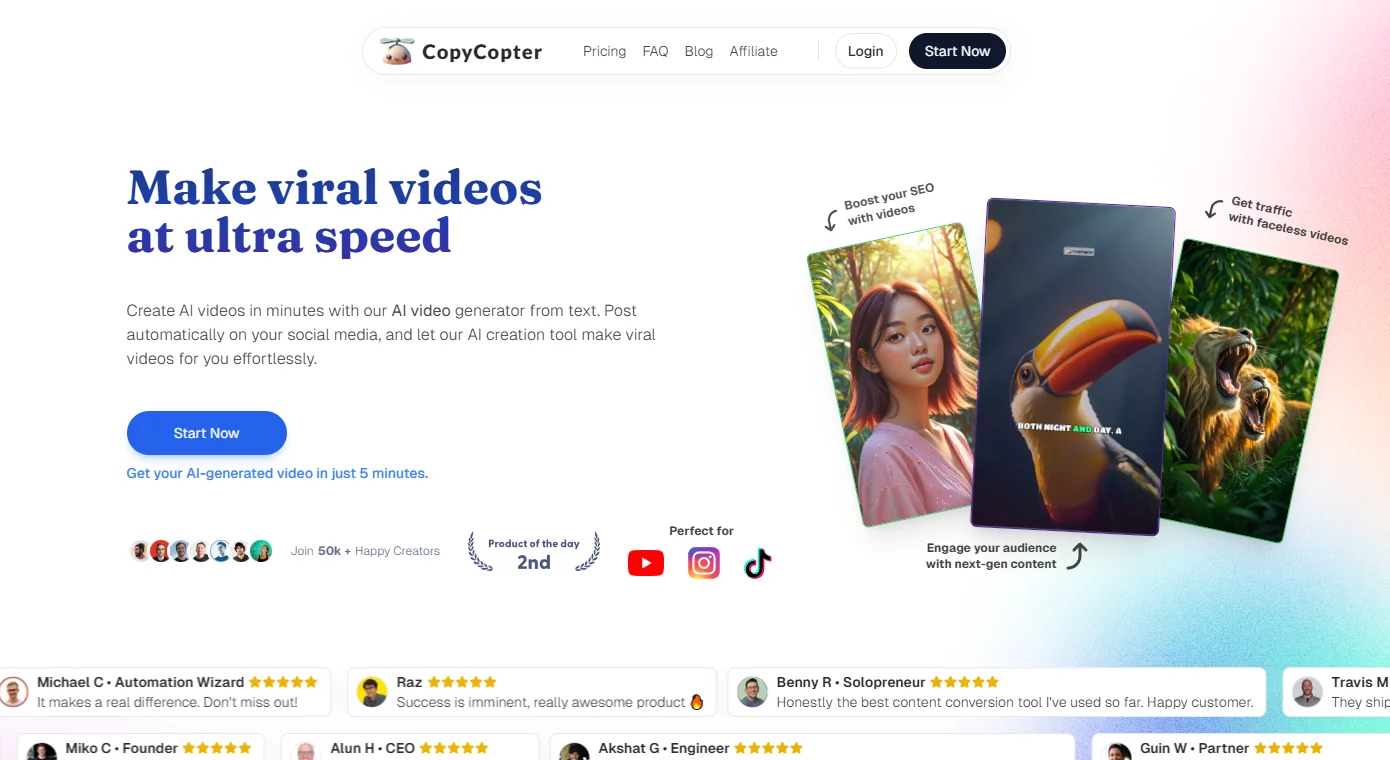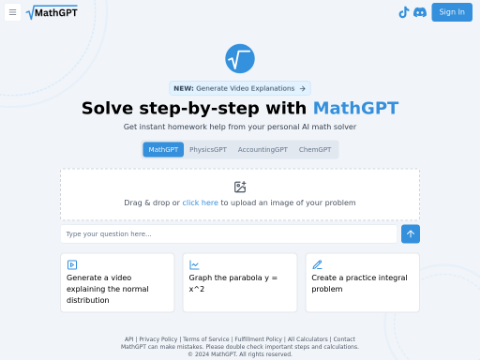In the field of artificial intelligence, a new wave of revolution is being sparked. Writer, a leading enterprise AI startup, has recently released its new multimodal AI model, Palmyra-Vision. This model not only provides in-depth analysis but also seamlessly integrates visual data and textual information, offering unprecedented workflow optimization experience for businesses.
Palmyra-Vision was born out of Writer's deep thinking and reconstruction of the entire workflow. In an interview with the media, May Habib, CEO and co-founder of Writer, stated, "We have observed that many industries have the opportunity to reshape their workflows from a macro perspective through multimodal AI capabilities." She emphasized that the design intention of Palmyra-Vision is to create a multifunctional model for enterprises in real-life scenarios.
Compared to other models on the market, Palmyra-Vision demonstrates astonishing capabilities. Habib revealed that this model not only extracts deep insights from images, classifies objects, explains charts and graphs, and answers specific questions but also generates precise textual descriptions. In multiple benchmark tests, Palmyra-Vision has outperformed acclaimed multimodal models such as OpenAI's GPT-4V and Google's Gemini 1.0 Ultra.
Writer has extensively explored the application areas of Palmyra-Vision, covering various industries including retail, marketing, healthcare, and finance. Habib explained, "In daily work, traditional consumer models often struggle to interpret charts or write ad copies for images." She emphasized that Palmyra-Vision is a custom-built solution by Writer from scratch to meet the needs of enterprises.
Furthermore, Palmyra-Vision's uniqueness lies in its seamless integration with Writer's full-stack AI platform. This platform integrates large-scale language models, graph-based knowledge retrieval systems, and robust data protection mechanisms. Habib stated, "Enterprises are currently facing model fatigue. What they need is a complete AI solution, not just more models." She further pointed out that since Palmyra-Vision is built into Writer's platform, users can easily build custom multimodal applications without requiring any engineering resources.
This means that Writer's customers can quickly construct customized AI solutions that combine structured data, unstructured text, and visual inputs. For example, healthcare institutions can utilize Palmyra-Vision to analyze doctors' handwritten notes, combine medical images and patient charts, and generate valuable insights.
At the same time, Writer's high regard for data protection and accuracy gives enterprises more control and security when using AI. The company has conducted rigorous bias testing and allows customers to have fine-grained control over content strategies. Habib emphasized, "We never take a one-size-fits-all approach when dealing with data protection. Our customers need flexibility because they handle sensitive data."
Since its inception three years ago, Writer has raised over $120 million in funding from top investors such as WndrCo, Balderton Capital, and Insight Partners. With the launch of Palmyra-Vision, Writer is poised to compete fiercely with AI giants like OpenAI and Anthropic as businesses rapidly adopt next-generation AI technologies.
Habib pointed out, "We are now seeing investors' enthusiasm for enterprise AI. What businesses need are dedicated solutions that can create real value, not just more general models." With the introduction of Palmyra-Vision, Writer is striving to lead the adoption of enterprise AI. Its multifunctional multimodal model, ease of integration, and emphasis on accuracy position it favorably among data-driven enterprises seeking to reconstruct their workflows.








